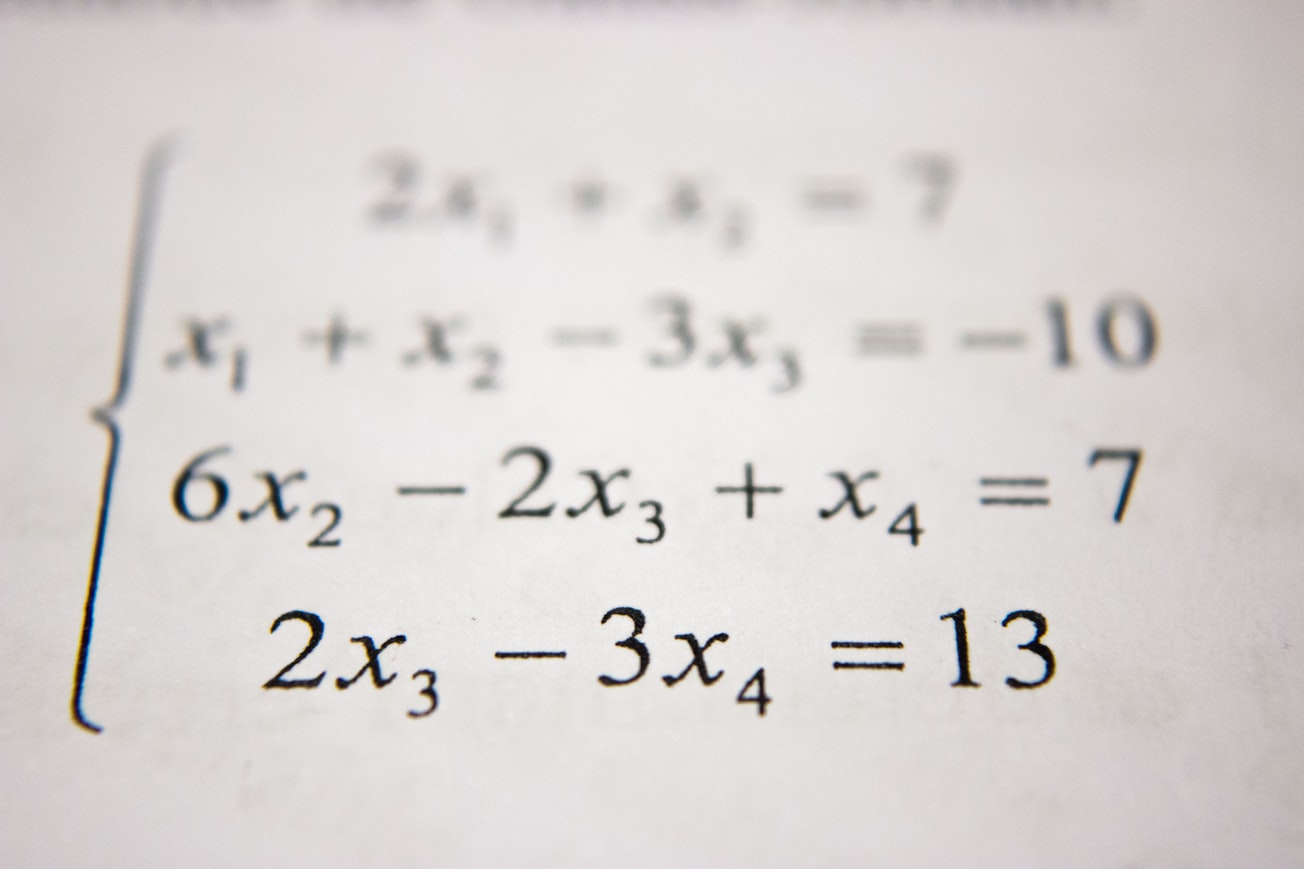What is it about?
In this study we compared the strategies that examinees from two groups (younger gifted children and high school seniors) used to solve SAT math problems. We found that gifted children used abstract reasoning to solve problems, whereas high school seniors were more likely to used algorithms that they had been explicitly taught.
Featured Image

Photo by Antoine Dautry on Unsplash
Why is it important?
Over 250,000 7th- and 8th-graders take the SAT every year, most often to qualify for Talent Search programs. However, the strategies that these younger examinees use to answer test items is poorly understood. As a result, it's not really clear what the SAT-M measures in these young children. This study shows that the test is likely a measure of mathematics reasoning in younger teenagers, rather than a math achievement test.
Perspectives
The first half of this study is a piece of my dissertation, while the second half is a new study I conducted at Utah Valley University. It was fun to collaborate with a qualitative researcher and with students to gather and analyze the data in the latter study.
Dr Russell T. Warne
Independent Scholar
Read the Original
This page is a summary of: Above-Level Test Item Functioning Across Examinee Age Groups, Journal of Psychoeducational Assessment, May 2015, SAGE Publications,
DOI: 10.1177/0734282915584851.
You can read the full text:
Resources
Contributors
The following have contributed to this page







